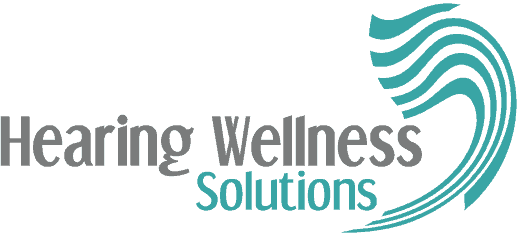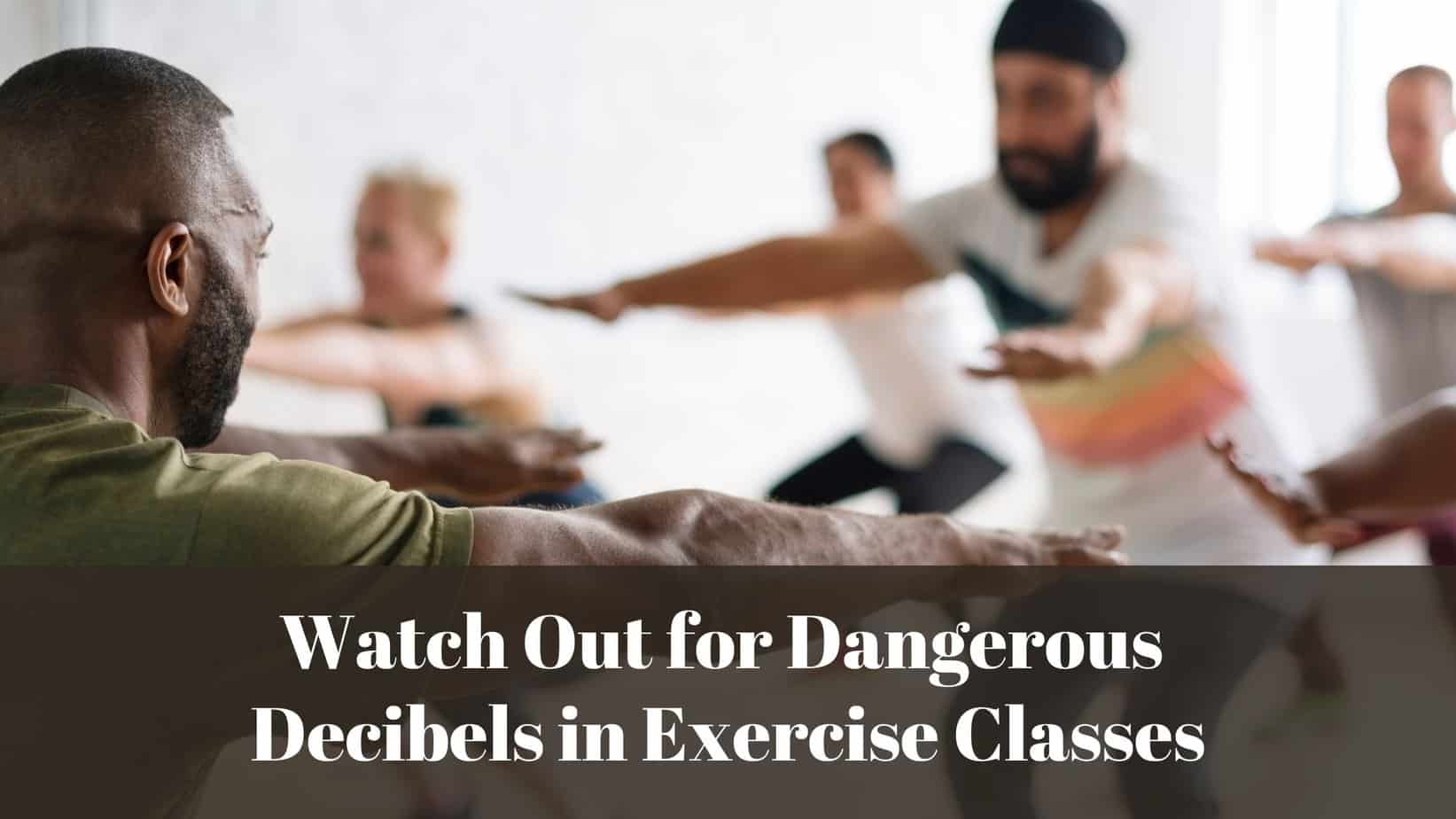It seems like hearing loss is a constant threat on the horizon today. We’re inundated with noise on such a regular basis that it can be hard to find a quiet moment in the day. Vehicle sirens, squealing brakes, loud engines, and music blasting from every corner are just a few of the noise sources that many of us have to accept as normal.
But what about the gym? Many of us who work out regularly might have playlists we use on our personal listening devices to get ourselves hyped up and push through the workout. We might wear earbuds and set the volume at a comfortable level for ourselves.
In many fitness classes, however, things are happening a little differently. In a group fitness class, everyone needs to hear the same things at the same time. An instructor encourages us to push ourselves as hard as we can, and there’s an assumption on the part of many fitness organizations that loud music helps encourage us to push ourselves harder.
Fitness Classes are Exceeding Safe Noise Levels
Unfortunately, this has created a situation that is hazardous to hearing health. While exercise in and of itself is actually good for promoting better hearing health, the situation changes when the gym is pumping music into the room at 100 dBA (decibels A-weighted). Average noise levels of 85 dBA can cause permanent hearing loss after 8 hours of exposure. For every additional 3 dBA of noise, the safe period of exposure is cut in half. That means by the time levels reach 100 dBA, only 15 minutes can cause permanent hearing loss. The average spin class lasts 45 minutes, far beyond the safe period of exposure for noise levels that high.
Far from being a theoretical or long-term issue, participants and instructors are reporting acute hearing issues immediately upon leaving the gym. Ringing in the ears and muffled hearing for hours or days after a spin class are common after-effects.
What’s more, a study conducted at the University of Maryland School of Medicine found no strong link between music loudness and the intensity of the workout. When gyms pump the music up to 100 dBA (a common level for spin classes), they’re deafening everyone in the room without contributing to a more intense workout. Participants surveyed as part of the study reported the most satisfaction with the lowest music levels, and only the very lowest music levels seemed to lessen the perceived intensity of the workout.
Instructors Experience Noise Levels Exceeding NIOSH Recommendations
Instructors have the most risk. Where participants in a spin class might have the experience one to three times per week, instructors teach up to three classes per day. While gyms normally offer earplugs to participants and instructors, the type of earplugs they offer can easily fall out during the course of a sweat-intensive 45-minute workout.
A safe volume level for an hour-long class would be about 94 dBA, according to NIOSH (the U.S. National Institute for Occupational Safety and Health). Something to remember is that the effects of noise do not stop at the door of your gym. If you take a spin class with music levels at 94 dBA, then head out into the world and encounter levels at 87 dBA for the rest of the time you’re awake, it all adds up to contribute to noise-induced hearing loss.
Measure the Sound Pressure Level
If you’re worried that the level of sound you encounter at your gym may be too high, try measuring it with a smartphone app. SPL (sound pressure level) meter apps are available for all platforms and use the microphone in your phone to take their measurements. If the average SPL at your gym reads at 94 dBA or higher, ask them to turn the volume down. The researchers in the study from the University of Maryland noted that, when they brought the results of their study to a gym they used in conducting their research, the gym turned the music down to a safe level.
If the gym won’t turn the music down, vote with your dollars! You don’t have to incur hearing loss to get an effective workout, so take your business somewhere where you can exercise without being harmed.
Hearing Wellness Solutions
If you’re concerned that you or someone you love may be experiencing damaging sound levels on a regular basis, make an appointment for a hearing test with Hearing Wellness Solutions today. Custom earplugs are the best option for protecting your hearing while being able to hear the world naturally. If hearing loss in excess of 20 dBHL is detected, it may be that hearing aids would be helpful. Take stock of your hearing loss and talk to our team about how to best maintain your hearing ability over time.


